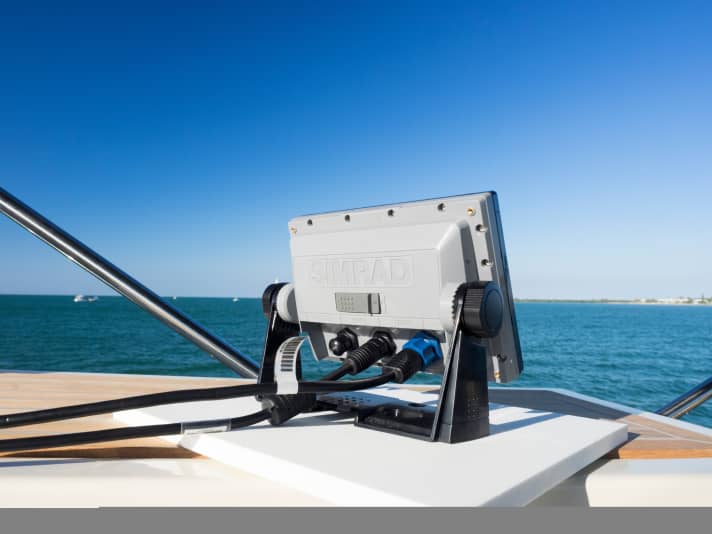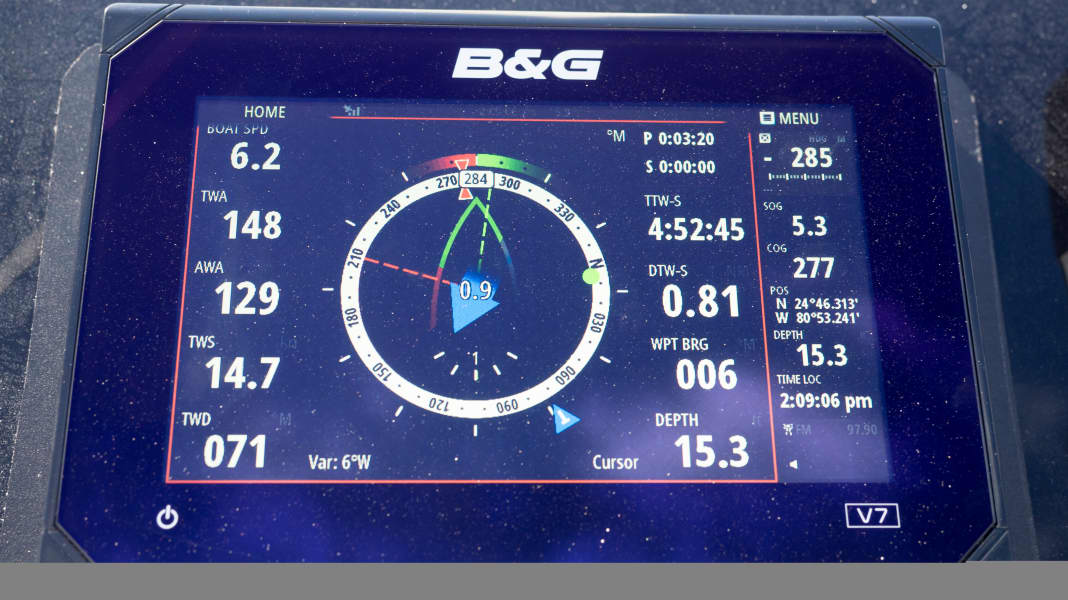
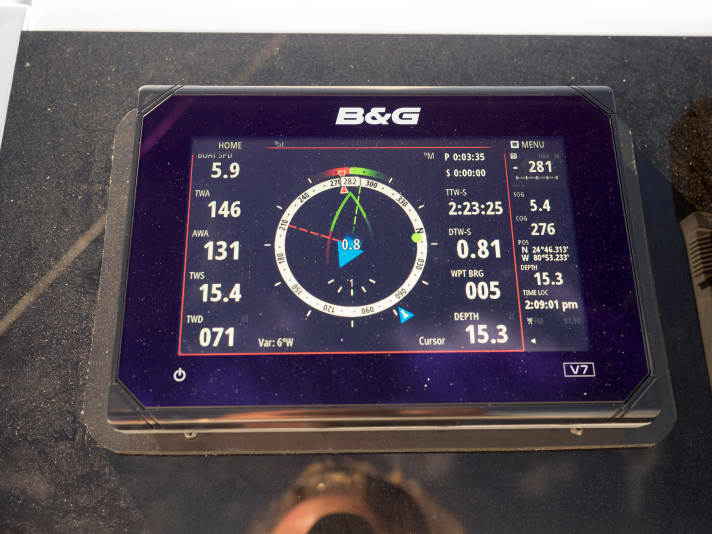
With a display size of seven inches, the Vulcan chartplotter is the entry-level model from B&G, but still offers the range of functions familiar from the top models in the Zeus series, such as the practical Sail Steer display. This is now also included in the chart view, and there is also a graphical start line function for racing sails and integrated autopilot operation. Also helpful: wind plots can be used to intuitively record the turning behaviour and the course of the wind force. The system is operated entirely via the multi-touch display. Apart from an on/off switch, there are no buttons on the device. However, an external network control unit can be connected as an option.
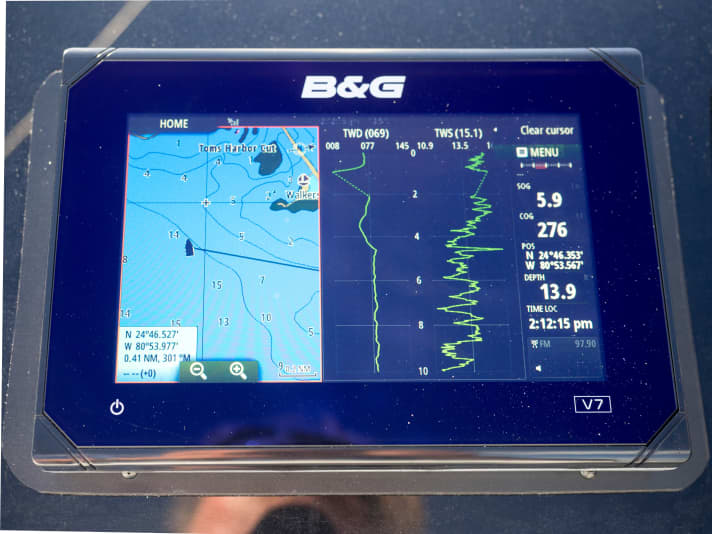
B&G recommends the Vulcan as a main unit for smaller yachts or as a secondary display on larger vessels. In fact, it is quite suitable for this purpose, as we found out during a test of the pre-production models. The display is very easy to read even in extreme sunlight. In addition to the familiar chart and sail steer displays, an instrument screen can also be configured on which any data records from the NMEA2000 network can be displayed in large digits. This means that the plotter can even be used as a multifunctional mast display. The moderate power consumption of just under one ampere also speaks in favour of this.
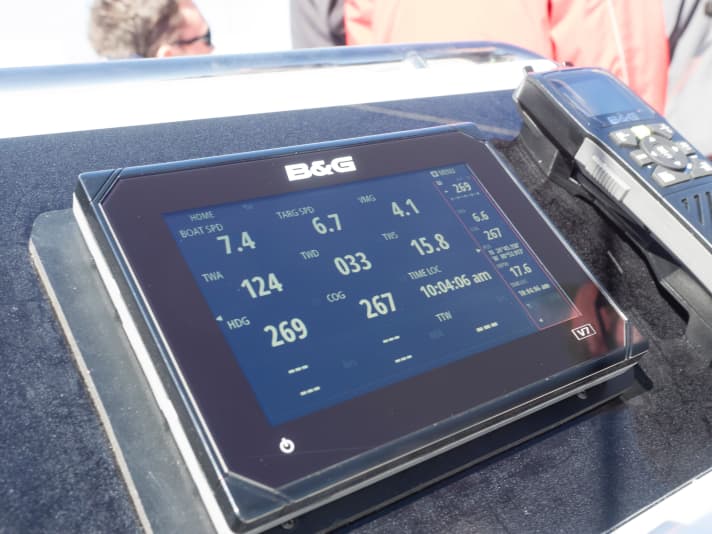
An integrated Wi-Fi module ensures data transfer to tablets or smartphones, but the system can also connect directly to the internet via a hotspot in the harbour. This allows software updates to be downloaded or electronic nautical charts to be purchased or updated, for example. The Vulcan supports Navionics, C-Map and BSB chart formats.
The integrated fishfinder may be less interesting for sailors; the Vulcan only lacks a so-called DownScan transducer to make it a fully-fledged graphic echo sounder.
Despite the wide range of functions, the price of the plotter is moderate; according to B&G, the device will cost 1022 euros and will soon be available in stores. The only limitation compared to a much more expensive Zeus system is that the Vulcan does not have an Ethernet interface: The Vulcan does not have an Ethernet interface and therefore cannot be coupled with a radar antenna.
Further information is available at: www.bandg.com
